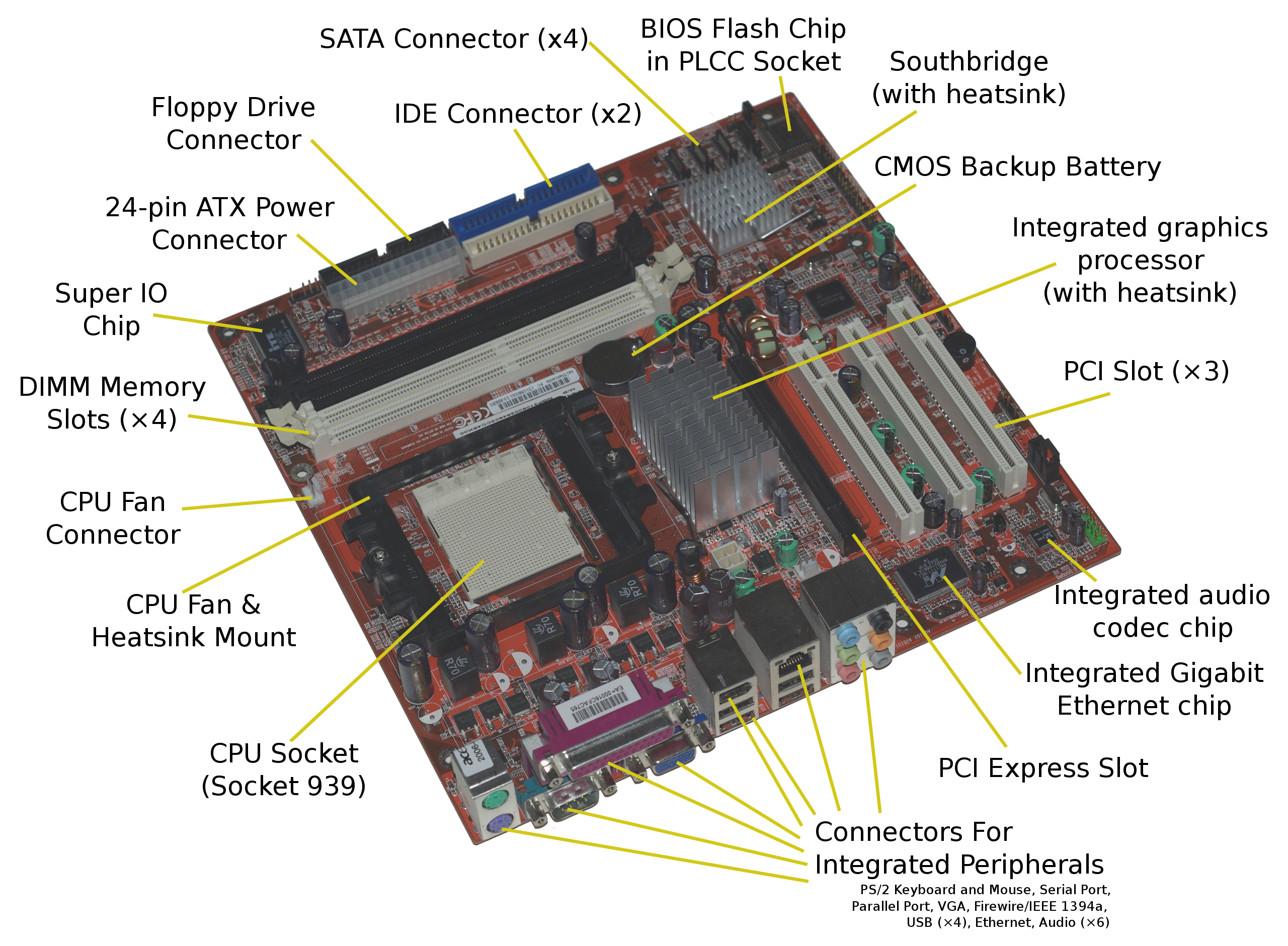Unraveling the Mysteries: Navigating the Troubled Waters of LAN Network Connection Issues
Troubleshooting LAN Network Connection Issues
If you’re experiencing LAN network connection issues, follow these steps to troubleshoot and resolve the problem quickly:
1. Check Ethernet Connection:
– Ensure that your Ethernet cable is securely connected to both your computer and the router.
– If you’re using a wired connection, make sure the Ethernet adapter is properly installed and enabled.
2. Restart the Router and Client Devices:
– Power off your router and client devices (computers, gaming consoles, etc.).
– Wait for a few seconds, then turn them back on.
– This can often resolve connectivity issues caused by temporary glitches.
3. Verify Network Settings:
– Check your network settings to ensure they are configured correctly.
– Look for any unidentified networks or incorrect IP settings.
4. Update Ethernet Drivers:
– Outdated or incompatible Ethernet drivers can cause connection problems.
– Visit the manufacturer’s website to download and install the latest drivers.
5. Disable Security Software:
– Temporarily disable any firewalls or antivirus software to see if they are blocking your connection.
– Remember to re-enable them once the issue is resolved.
6. Try a Different Ethernet Cable:
– Sometimes, faulty Ethernet cables can cause connectivity problems.
– Replace the cable with a known working one to see if that resolves the issue.
Remember, these troubleshooting steps can resolve most LAN network connection issues. If the problem persists, contact your network administrator or Internet service provider for further assistance.
Restarting Router or Modem
To troubleshoot LAN network connection issues, restarting your router or modem is often a quick and effective solution. Follow these steps to restart your router or modem:
1. Locate your router or modem. It is usually found near your computer or in a central location in your home or office.
2. Unplug the power cable from the back of the router or modem.
3. Wait for 30 seconds to allow the device to fully power down.
4. Plug the power cable back into the router or modem.
5. Wait for the device to fully power up. This may take a few minutes.
6. Check your computer’s network settings to ensure it is connected to the network.
7. Test your internet connection by opening a web browser and visiting a website.
By restarting your router or modem, you can resolve many common LAN network connection issues and regain stable internet access. If the problem persists, consider contacting your internet service provider for further assistance.
python
import subprocess
def check_network_connection():
try:
# Ping a well-known external IP address (e.g., Google DNS: 8.8.8.8)
response = subprocess.check_output(['ping', '-n', '1', '8.8.8.8'])
if 'Reply from' in response.decode():
return True
else:
return False
except subprocess.CalledProcessError:
return False
# Usage
if check_network_connection():
print("Network is connected.")
else:
print("Network is not connected.")
In the above example, the `check_network_connection` function attempts to ping a well-known IP address (Google DNS: 8.8.8.8) using the `ping` command through a subprocess call. It then checks if the response contains the string “Reply from” to determine if the network is connected.
Please note that this is just a basic example and may not cover all possible network connection issues. Troubleshooting network problems often requires a more comprehensive approach, considering various factors like DNS resolution, firewall settings, routing, etc.
It’s always recommended to consult network administrators or IT professionals for more complex network connectivity issues.
Enabling Ethernet Cable on Computer
To enable the Ethernet cable on your computer and troubleshoot LAN network connection issues, follow these steps:
1. Start by ensuring that your Ethernet cable is securely connected to both your computer and the router.
2. Check the Ethernet adapter settings on your Windows OS. Right-click on the network icon in the taskbar and select “Open Network & Internet settings.” Then, click on “Change adapter options” and locate your Ethernet connection. Right-click on it and select “Properties.” Make sure that the box next to “Internet Protocol Version 4 (TCP/IPv4)” is checked.
3. If you’re still unable to access the internet, try restarting your computer and router. Sometimes, a simple restart can resolve connectivity issues.
4. Check for any hardware issues. Inspect the Ethernet cable for any visible damage or loose connections. If necessary, replace the cable with a new one.
5. Update your Ethernet driver. Visit the website of your computer manufacturer or the Ethernet adapter manufacturer to download and install the latest driver for your specific model.
6. If you’re using a different operating system like Ubuntu or macOS, the steps may vary slightly. Refer to the respective documentation or online resources for specific instructions.
By following these steps, you should be able to enable your Ethernet connection and resolve any LAN network connection issues. If the problem persists, it may be worth contacting your internet service provider or seeking further assistance from a professional.
Running Network Troubleshooter (Windows)
To troubleshoot LAN network connection issues on Windows, you can use the Network Troubleshooter tool. Here’s how:
1. Click on the network icon in the taskbar, usually located at the bottom right corner of the screen.
2. In the network connections menu, select “Troubleshoot problems”.
3. The Network Troubleshooter will open and start diagnosing the issue.
4. Follow the on-screen instructions and let the troubleshooter run its course.
5. If any issues are found, the troubleshooter will attempt to fix them automatically.
6. If the troubleshooter is unable to resolve the problem, it will provide explanations and possible solutions for you to try.
Remember, the Network Troubleshooter is a helpful tool for identifying and fixing common network connection issues. If you’re still experiencing problems, it may be necessary to explore hardware or software issues, such as checking your network adapters or updating your ethernet driver.
Troubleshooting WiFi Connection Issues
Troubleshooting LAN Network Connection Issues
If you’re experiencing LAN network connection issues, here are some steps you can take to troubleshoot the problem:
1. Check physical connections: Ensure that all ethernet cables are securely plugged in at both ends and that the network adapters are properly inserted into the ports.
2. Restart your devices: Sometimes a simple restart can fix network issues. Restart your computer, router, and any other devices connected to the LAN.
3. Update network drivers: Outdated or incompatible network drivers can cause connectivity problems. Visit the manufacturer’s website and download the latest drivers for your network adapter.
4. Disable unidentified network: If you’re receiving an “Unidentified Network” message, try disabling it by going to Network and Sharing Center > Change adapter settings > Right-click on the LAN connection > Disable.
5. Reset TCP/IP: Open Command Prompt as an administrator and type the following commands: ipconfig /release, ipconfig /renew, netsh winsock reset, and netsh int ip reset. Restart your computer after executing these commands.
6. Disable firewall and antivirus: Temporarily disable your firewall and antivirus software to check if they are causing network issues.
7. Check for software issues: Certain software can interfere with network connections. Try disabling or uninstalling any recently installed programs that may be causing the problem.
Remember, troubleshooting network issues can sometimes be complex, and it may require additional steps depending on your specific situation. If you’re still experiencing issues, reach out to our support team for further assistance.
Final Thoughts on LAN Network Connectivity
In conclusion, troubleshooting LAN network connection issues can be frustrating, but with the right approach, you can resolve them efficiently. Remember to check all physical connections and ensure your devices are powered on. If you’re experiencing slow internet speeds, try resetting your modem and router to refresh the connection. Additionally, update your network drivers to ensure compatibility with the Windows OS or other operating systems. If you’re using WiFi, reposition your router for optimal signal strength. Keep in mind that intermittent internet access may be caused by interference from other devices, so try changing the channel on your router. If you’re still encountering issues, reach out to your internet service provider for further assistance. Troubleshooting LAN network connection issues can be time-consuming, but by following these steps, you can minimize downtime and get back to enjoying a reliable internet connection.






